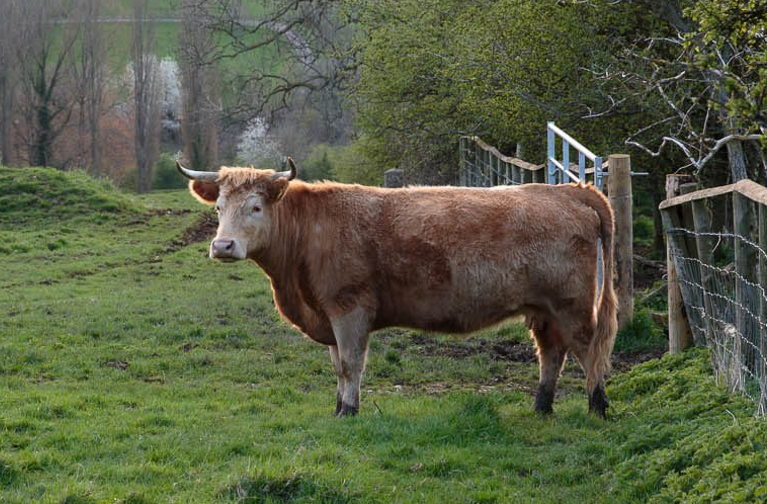This opinion piece by Richard Young was originally published by Triodos Bank here.
Grazing animals have shaped the quintessentially pastoral British countryside for thousands of years and play a vital role in sustainable food systems. However, over the last decade or so we’ve been told by a succession of high-profile reports that we have to make drastic cuts in our consumption of meat in order to help limit global warming, biodiversity loss and other agriculture-related problems. This has left many people confused about what they should eat to be healthy and have a sustainable lifestyle.
The authors of these reports, such as the recent EAT-Lancet report, all correctly highlight the problems for humanity caused by a rapidly growing global population, high meat consumption in developed countries and an increasing appetite – or in some cases nutritional need – for meat in many developing countries. However, the focus is always put on cutting out red meat, rather than poultry, and no distinction is made in the way the meat is produced.
The basic reason for this is that all cattle, sheep and other ruminants emit the greenhouse gas methane, while chickens do not. They also convert grain to protein less efficiently than poultry or pigs.
It is predicted that by 2050 another billion tonnes of grain will be needed every year to produce enough meat to feed the global population, something which is clearly unsustainable, since continuous grain production is one of the biggest causes of soil degradation and loss. Indeed, globally, cropland soils continue to degrade as carbon is lost to the atmosphere – 24 billion tonnes of soil is lost annually, over three tonnes for every person on the planet.
However, what the researchers invariably overlook is that this is only an issue in relation to grain-fed cattle, such as those in US feedlots, whose rations consist of maize, soya meal and chopped straw.
In contrast, two-thirds of UK farmland is under grass, in most cases because the land is not suitable for growing crops. The only practical way to get food from this land without causing an environmental disaster is to graze it with livestock. Almost all cattle and sheep in the UK are predominantly fed on grass, grazed in the fields during summer and fed as hay or silage over winter – and the UK has one of the best climates in the world for growing grass. Some of these animals do also get grain, but in many cases this is waste grain, like Brewer’s grain (what’s left after beer making), which humans cannot eat.
Tragically, a high proportion of the UK’s most species-rich grasslands have in the past been ploughed for cropping or resown with ryegrass monocultures. However, all organic and most pasture-fed meat producers include legumes, multiple grass species and herbs in their grazing mixtures. Even many intensive farmers have now been persuaded by agri-environment schemes to restore grassland diversity, with wild flowers and delicate species getting a chance to recover once the use of synthetic fertilisers ceases. This in turn helps to revive the intricate web of life, which begins with microbes, soil spiders and other insects, embraces farmland birds and small mammals, and ultimately sustains us humans.
While over-grazing was encouraged by farm subsidies prior to the early 1990s, some grassland is now under-grazed due to falling demand for lamb. This is a problem because many bird and butterfly species have evolved in tandem with grazing livestock. In fact, both the RSPB and Natural England recognise that grazing animals are essential for sustaining healthy wildlife populations.
But what about methane? The high methane levels in the atmosphere are a significant cause of global warming, yet ruminants are responsible for only 5% of UK anthropogenic greenhouse gas emissions. What’s more, all the carbon in ruminant methane is recycled carbon – grazing animals can’t add more carbon to the atmosphere than the plants they eat take out by photosynthesis. In fact, fossil fuels are not only the main source of carbon dioxide emissions, they are also responsible for a third more methane than ruminants and all the methane from fossil fuels contains additional, ‘fossil’ carbon.
So what meat should we choose to help sustain the planet? It’s not a red versus white issue. The simple answer is that we should eat far less grain-fed meat, be it beef, pork or chicken, instead we should actively seek grass-fed meat and meat from animals supplemented with only small amounts of otherwise waste grain.
While few people yet realise it, we actually need to encourage increased production of grass-fed meat, since the most effective way to restore our degraded arable soils and wild pollinators is to re-introduce grass and grazing animals into cropland rotations.
Photograph: Steph French





